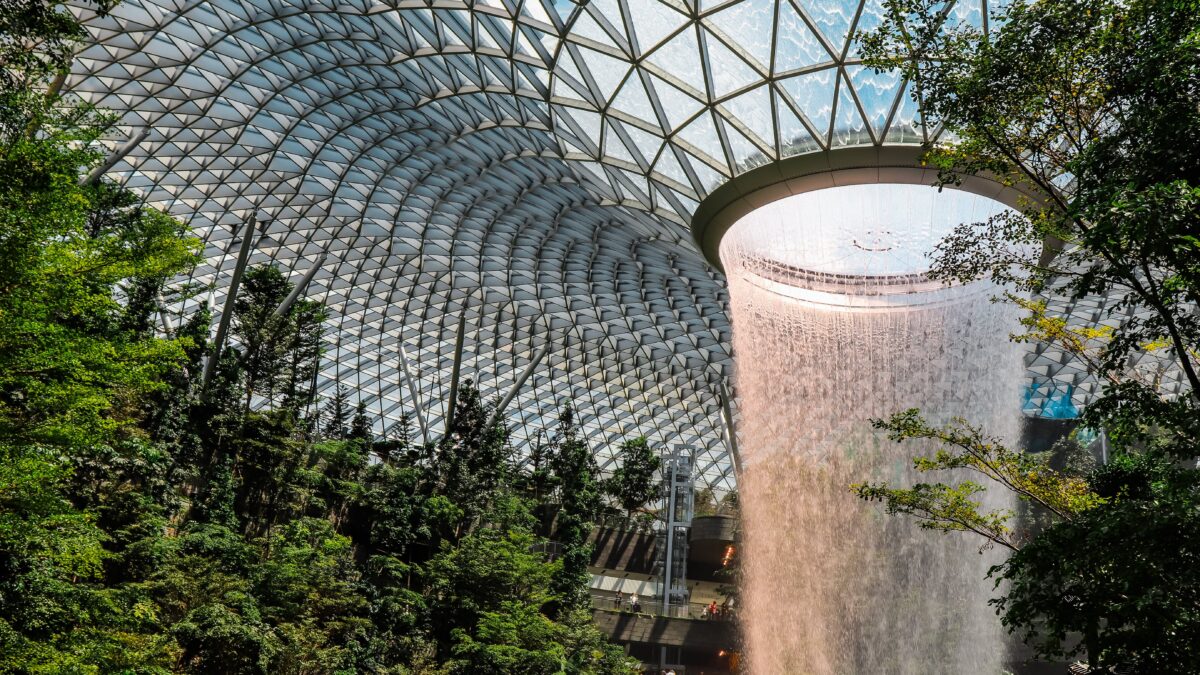In the realm of well-being, the spaces we inhabit play a pivotal role in shaping our physical health and mental state. Healthy Interior design, with its ability to influence our surroundings, holds the power to create environments that promote harmony, tranquility, and overall health.
Singapore as a Blue Zone and its influence on healthy living
Nestled in the heart of Southeast Asia, Singapore stands out not only for its vibrant culture and stunning cityscape but also as a notable Blue Zone. Blue Zones are regions worldwide where people live longer, healthier lives, and Singapore has embraced this ethos with a unique blend of traditional and modern elements that extend to its interior design practices.
Here, we’ll delve into the healthful interior design influences emanating from Singapore, exploring how the city’s Blue Zone status has shaped its approach to creating living spaces that contribute to the well-being of its residents. Enjoy this insightful journey through Singaporean interior design principles, from the integration of traditional elements to sustainable and inclusive practices. By the end, you’ll gain practical tips and inspiration for infusing health-conscious design into their own living spaces.
Join us as we uncover the secrets to creating environments that not only reflect the unique cultural tapestry of Singapore but also foster holistic well-being for those who call these spaces home
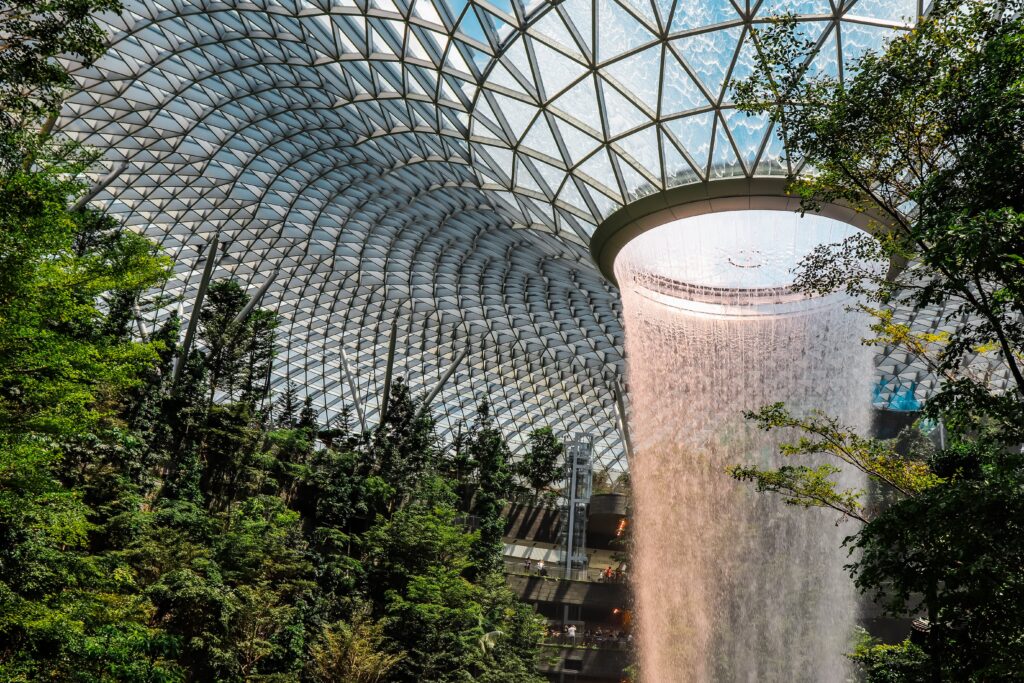

Balancing Traditional and Modern Elements in Design
Explore the integration of traditional Singaporean design elements
Singapore’s cultural diversity is reflected in its design aesthetics, with traditional elements drawing inspiration from various ethnic groups such as Malay, Chinese, and Indian. Peranakan motifs, characterized by intricate patterns and vibrant colors, are prominent features in Singaporean design, showcasing the rich heritage of the Peranakan community. Additionally, elements like ornate woodwork, intricate carvings, and handcrafted furniture contribute to the unique charm of traditional Singaporean interiors.
Sources:
- Singapore Tourism Board – Cultural Gems: Peranakan Heritage
- National Heritage Board Singapore – Traditional Crafts and Arts
Discuss how modern design trends are blended with traditional influences
In contemporary Singaporean design, there’s a notable trend towards blending traditional elements with modern aesthetics. Architects and designers often incorporate sleek lines, minimalist forms, and innovative materials to create a seamless fusion of old and new. For example, modern homes may feature minimalist furniture juxtaposed with traditional Peranakan tiles or intricate lattice screens, striking a balance between heritage and innovation. This blending of styles not only adds visual interest but also celebrates Singapore’s multicultural identity.
Sources:
- DesignSingapore Council – Singapore Design Scene
- Architectural Digest – The Best of Singaporean Design
The significance of a balanced design approach for health and well-being
Achieving balance in design is essential for creating spaces that promote health and well-being. By integrating traditional and modern elements, designers can evoke a sense of nostalgia and cultural pride while also providing comfort and functionality. Studies have shown that environments that reflect cultural identity and incorporate natural materials can have positive effects on mental health and emotional well-being. A balanced design approach ensures that living spaces feel harmonious and inviting, supporting overall wellness.
Sources:
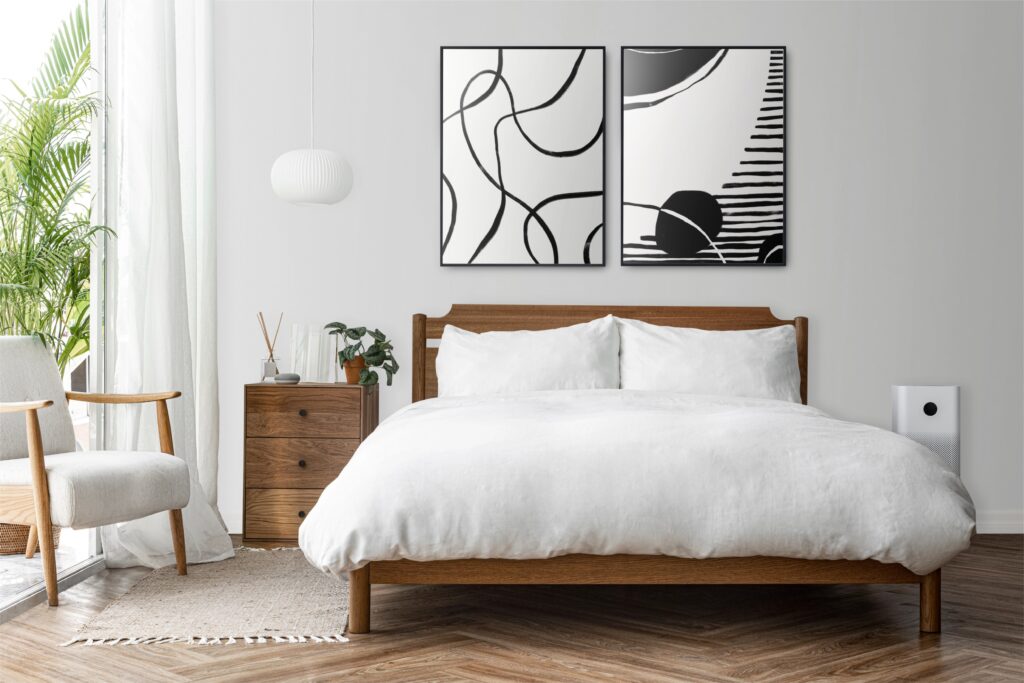
Biophilic Design: Embracing Nature Indoors
Overview of biophilic design principles
Dive deeper into the principles of biophilic design, exploring concepts such as:
- Biomorphic Forms: Incorporating organic shapes and patterns inspired by nature.
- Natural Light: Maximizing daylight and views of the outdoors to create a sense of openness and connection.
- Natural Materials: Using sustainable, earth-friendly materials like wood, stone, and bamboo.
- Living Systems: Introducing elements like indoor plants, water features, and green walls to mimic natural ecosystems.
Sources for Inspiration:
How Singapore incorporates nature into interior spaces
- Explore Singapore’s innovative biophilic design projects, including:
- Green Buildings: Iconic structures like the Gardens by the Bay and PARKROYAL on Pickering Hotel.
- Rooftop Gardens: Sky parks and green roofs integrated into urban developments.
- Indoor Greenery: Gardens within shopping malls, offices, and residential complexes.
Sources for Inspiration:
The health benefits of bringing nature indoors through design
- Delve deeper into the research-backed benefits of biophilic design, including:
- Stress Reduction: Studies showing lower levels of cortisol and reported stress in biophilic environments.
- Improved Air Quality: Natural ventilation and indoor plants contributing to cleaner, fresher air.
- Enhanced Cognitive Function: Increased productivity, creativity, and focus in spaces with biophilic elements.
- Sources for Inspiration:

Optimizing Natural Light and Ventilation
In the bustling metropolis of Singapore, where skyscrapers dominate the skyline, the integration of natural light and ventilation into interior spaces takes on a paramount significance. Unlike traditional building designs that rely heavily on artificial lighting and mechanical ventilation systems, Singapore’s architectural approach prioritizes harnessing natural elements to create healthier and more sustainable living environments.
Importance of natural light and ventilation in interior spaces
- Natural light is not just about illumination; it plays a crucial role in regulating our circadian rhythms, promoting better sleep, and boosting mood and productivity.
- Adequate ventilation helps to maintain indoor air quality by circulating fresh air, reducing the buildup of pollutants, and preventing mold and mildew growth.
- By incorporating these natural elements into interior spaces, designers can create environments that not only look visually appealing but also support occupants’ health and well-being.
Singapore’s architectural approach to maximize natural elements
- In Singapore’s tropical climate, architects leverage design strategies to maximize the ingress of natural light while minimizing solar heat gain.
- Innovative building designs feature large windows, skylights, and atriums to flood interiors with sunlight, reducing the need for artificial lighting during the day.
- Architectural features such as high ceilings, open floor plans, and cross-ventilation pathways optimize airflow, enhancing natural ventilation and cooling within buildings.
How these design features contribute to a healthier living environment
- Maximizing natural light exposure in interior spaces helps regulate occupants’ sleep-wake cycles, leading to improved sleep quality and overall well-being.
- Enhanced natural ventilation promotes better indoor air quality, reducing the risk of respiratory ailments and allergies associated with poor ventilation.
- By fostering connections to the outdoors and bringing nature indoors, these design features create environments that inspire relaxation, rejuvenation, and a sense of harmony with the natural world.
In Singapore, where the urban landscape meets lush greenery and abundant sunlight, architects and designers continue to push boundaries in harnessing natural elements to create living spaces that prioritize occupants’ health and vitality. From innovative building designs to sustainable urban planning initiatives, Singapore sets a shining example of how optimizing natural light and ventilation can transform interior spaces into sanctuaries of well-being.
Sustainable and Eco-Friendly Design Practices
Singapore’s commitment to sustainability in interior design
– Singapore’s government and private sectors prioritize sustainability in all aspects of development, including interior design.
– The city-state implements green building initiatives and certifications to promote eco-friendly practices and reduce environmental impact.
– Architects and designers in Singapore embrace sustainable design principles to create spaces that minimize resource consumption and carbon footprint.
Innovative eco-friendly materials and practices in health-conscious spaces
– Designers in Singapore explore a variety of eco-friendly materials, such as bamboo, reclaimed wood, and recycled plastics, to minimize environmental impact.
– Sustainable design practices, such as passive heating and cooling systems, rainwater harvesting, and energy-efficient lighting, are integrated into interior spaces to reduce energy consumption and promote environmental sustainability.
– Green building technologies, such as green roofs, vertical gardens, and solar panels, are increasingly adopted in Singapore to create healthier and more sustainable living environments.
The holistic benefits of sustainable design for individuals and the environment
– Sustainable interior design not only benefits occupants’ health and well-being but also contributes to the preservation of natural resources and ecosystems.
– By minimizing exposure to harmful chemicals and pollutants, eco-friendly spaces promote better indoor air quality and support occupants’ physical and mental health.
– Sustainable design practices help mitigate climate change by reducing greenhouse gas emissions and energy consumption, contributing to a healthier planet for current and future generations.
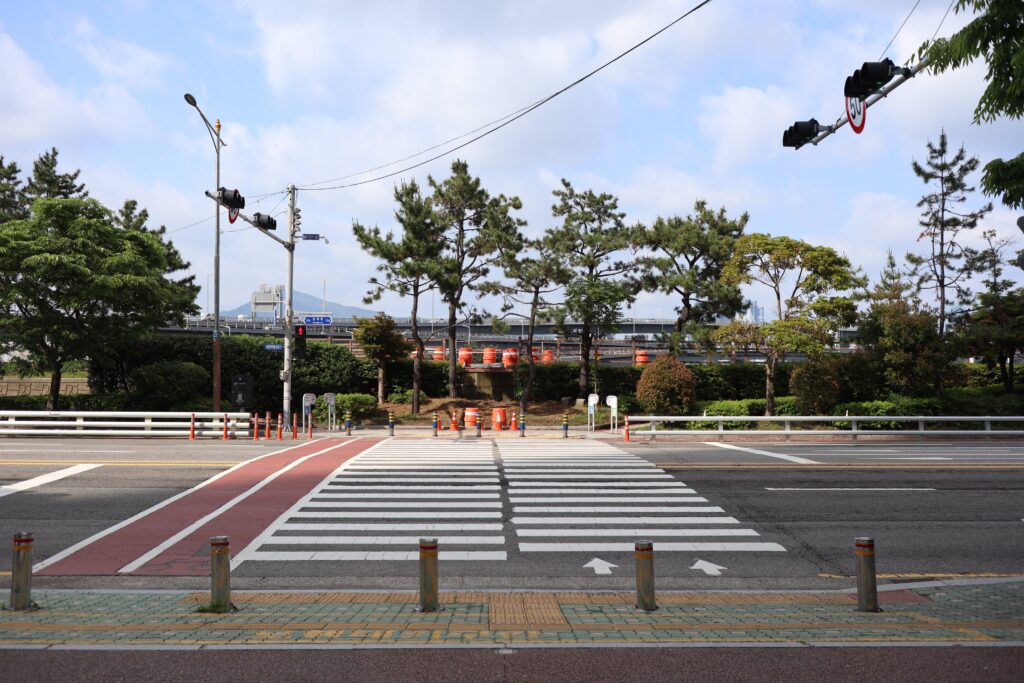
Inclusive and Accessible Design
Singapore’s dedication to inclusive and accessible interior design
- Singapore prioritizes inclusivity and accessibility in interior design to ensure that spaces are welcoming and accommodating for all individuals, regardless of age, ability, or mobility.
- The city-state enforces regulations and guidelines that mandate the inclusion of accessible features in public and private buildings, such as ramps, handrails, and barrier-free pathways.
- Designers and architects in Singapore embrace the principles of universal design, aiming to create environments that can be used and enjoyed by everyone, regardless of their physical or cognitive abilities.
Design features that enhance accessibility for all individuals
- Interior spaces in Singapore incorporate a range of design features to enhance accessibility and accommodate diverse needs.
- Examples of inclusive design features include wide doorways and corridors for wheelchair access, tactile indicators for visually impaired individuals, and adjustable-height fixtures and furniture to accommodate users of varying heights and abilities.
- Innovative technologies, such as smart home systems and voice-activated controls, are also integrated into interior design to enhance accessibility and improve the user experience for all occupants.
The role of inclusive design in promoting a healthier and more supportive living space
- Inclusive design goes beyond physical accessibility to create environments that foster inclusivity, dignity, and independence for all individuals.
- By removing barriers and accommodating diverse needs, inclusive interior spaces promote social inclusion and support mental well-being.
- Inclusive design principles contribute to a healthier and more supportive living environment by empowering individuals to fully participate in daily activities and engage with their surroundings without limitations or barriers.

Technological Integration for Well-Being
Overview of technological innovations in Singaporean interior design
- Singaporean interior design embraces cutting-edge technology to create innovative and forward-thinking living spaces.
- From smart home systems to advanced environmental monitoring devices, technology plays a pivotal role in shaping the modern interior design landscape in Singapore.
- Designers and architects leverage technology to enhance functionality, efficiency, and comfort within interior spaces, catering to the evolving needs and preferences of residents.
How technology is used to enhance well-being within living spaces
- Technology is harnessed to optimize well-being within living spaces, offering solutions that promote health, comfort, and convenience.
- Smart lighting systems adjust illumination levels based on natural circadian rhythms, supporting better sleep patterns and overall health.
- Air quality monitoring sensors detect pollutants and allergens, ensuring optimal indoor air quality and respiratory health for occupants.
- Integrated wellness platforms provide personalized health and fitness insights, empowering residents to make informed lifestyle choices and prioritize their well-being.
Striking a balance between technology and a health-conscious environment
- While technology offers numerous benefits for enhancing well-being, it’s essential to strike a balance between technological innovation and maintaining a health-conscious environment.
- Designers emphasize the importance of incorporating technology mindfully, ensuring that it complements rather than overwhelms the living space.
- Thoughtful integration of technology considers factors such as user experience, aesthetics, and sustainability, creating harmonious interiors that prioritize both technological advancement and human well-being.
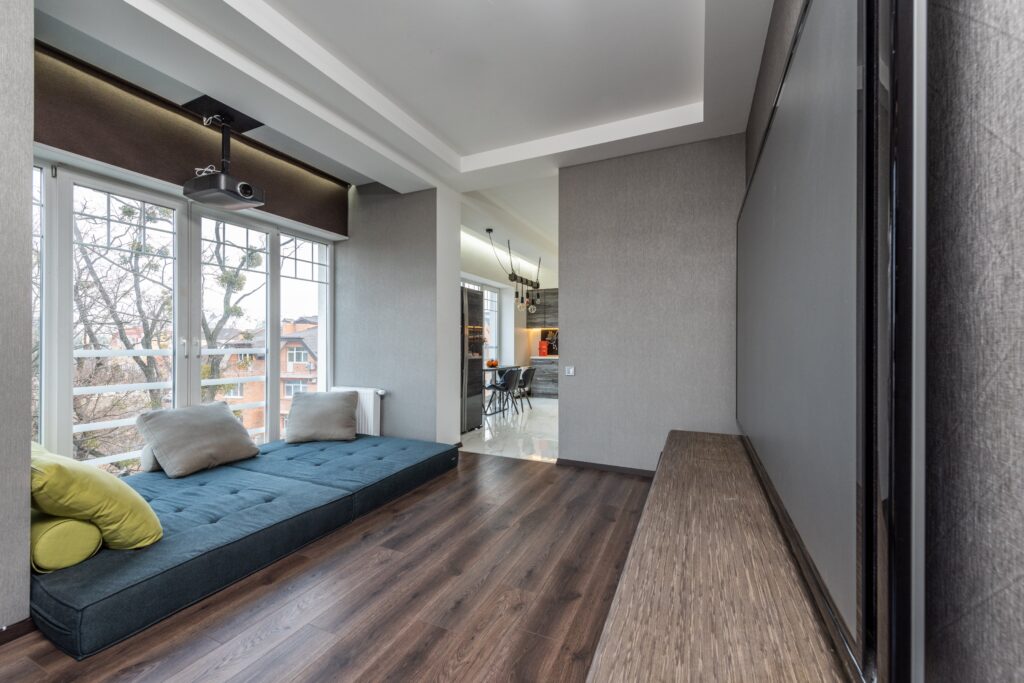
Cultural Influences on Interior Design
Discuss cultural influences shaping interior design choices
- Interior design is heavily influenced by cultural traditions, beliefs, and practices, shaping the aesthetics and functionality of living spaces.
- Cultural influences manifest in various design elements, including color schemes, patterns, furnishings, and architectural styles.
- Different cultures prioritize different aspects of design, reflecting unique values, histories, and lifestyles through their interior spaces.
How cultural elements contribute to a sense of well-being in living spaces
- Cultural elements embedded within interior design contribute to a sense of identity, belonging, and comfort within living spaces.
- Familiar cultural motifs and symbols evoke nostalgia and emotional connections, fostering a sense of well-being and contentment.
- Cultural design elements often reflect environmental adaptations and practices that promote physical and mental well-being, such as natural ventilation, use of organic materials, and spatial layouts conducive to social interaction and relaxation.
Examples of how cultural diversity is reflected in Singapore’s interior design
- Singapore’s multicultural society is reflected in its diverse interior design landscape, blending influences from Chinese, Malay, Indian, and Western cultures.
- Traditional Peranakan motifs, intricate woodwork, and vibrant colors characterize Singaporean interior spaces, reflecting the cultural heritage of its diverse population.
- Contemporary interior design in Singapore often integrates cultural elements with modern aesthetics, creating eclectic and dynamic living environments that celebrate cultural diversity and promote well-being.
Practical Tips for Incorporating Singaporean Healthful Design at Home
Provide actionable tips for readers to implement Singaporean-inspired design
- Embrace biophilic design by introducing indoor plants and natural materials like wood and stone into your home.
- Maximize natural light and ventilation by opting for large windows, light-colored walls, and strategically placed mirrors to reflect sunlight.
- Create flexible and multifunctional living spaces that promote movement and adaptability, such as modular furniture and open floor plans.
Budget-friendly suggestions for incorporating healthful design elements
- Shop for second-hand or vintage furniture pieces to add character and sustainability to your home decor.
- DIY projects like creating your own indoor garden or upcycling old furniture can be both cost-effective and environmentally friendly.
- Opt for energy-efficient lighting fixtures and appliances to reduce utility costs and environmental impact over time.
Encouraging readers to personalize and experiment with their living spaces
- Don’t be afraid to mix and match different design styles and cultural influences to create a unique and personalized home environment.
- Experiment with color palettes, textures, and patterns to reflect your personality and create a space that feels truly yours.
- Continuously reassess and refine your living space to accommodate changing needs and preferences, embracing the journey of creating a home that nurtures your well-being.
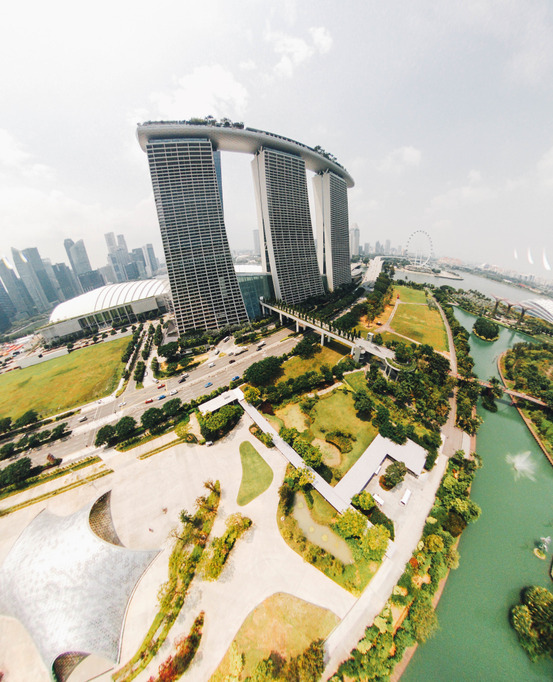
What we know:
- Healthy interior design principles, inspired by Singaporean influences, encompass elements such as biophilic design, sustainability, inclusivity, technological integration, and cultural diversity.
- These design approaches prioritize natural light, ventilation, sustainability, accessibility, and cultural inclusivity to create living spaces that promote physical, mental, and emotional well-being.
Reiterate the positive impact of healthy interior design on overall well-being:
- Healthy interior design practices contribute to improved physical health, mental clarity, emotional balance, and overall quality of life.
- By integrating elements such as natural light, greenery, sustainable materials, inclusive features, and technological innovations, living spaces can become sanctuaries that support holistic well-being.
Encourage readers to explore and adapt Singaporean design influences for a healthier living space:
- Emphasize the importance of incorporating elements of Singaporean-inspired design into readers’ own living spaces to enhance well-being.
- Encourage readers to experiment with biophilic design, sustainable practices, inclusivity, and cultural diversity to create personalized environments that prioritize health and wellness.
- Invite readers to continue exploring innovative design concepts and adapting them to their own homes, fostering environments that nurture and support their well-being for years to come.
Related posts
Overly Ambitious Goals: Strategies for Success
the art of doing your best
-Baba

